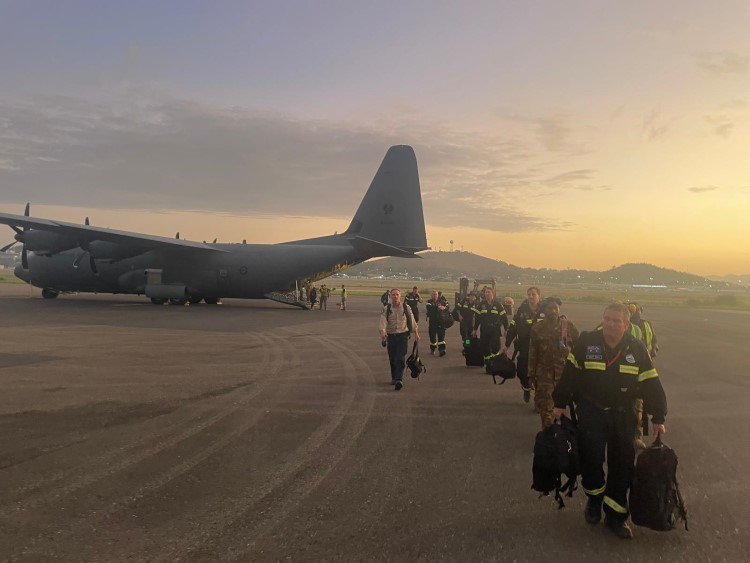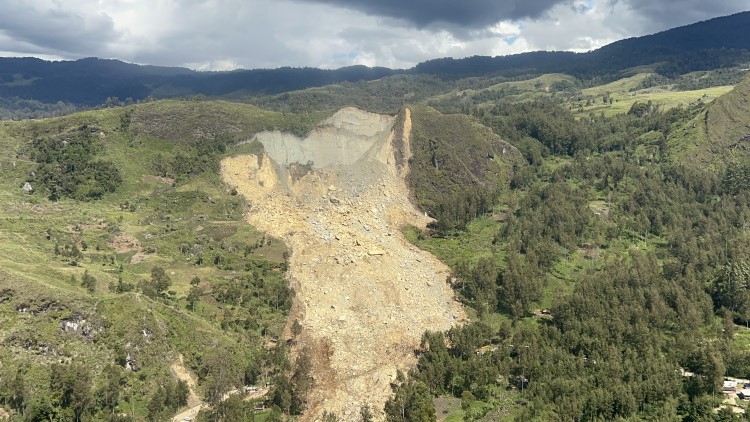
In the early hours of Friday 24 May a huge landslide flattened a village in Mulitaka, in Papua New Guinea’s highlands, killing hundreds while they slept and leaving many survivors homeless.
Queensland Ambulance Service Kedron Station’s Critical Care Paramedic Andrew Rochecouste was in the first Australian team to travel to the village in Enga Province to help.
The Queensland AUS-1 Disaster Assistance Response Team (DART), comprising 11 Queensland Fire and Emergency Services (QFES) technicians, 1 QAS officer and 4 Commonwealth personnel were deployed from Brisbane on Tuesday 28 May.
“Our role there was to provide an assessment of the affected community’s immediate needs and provide assistance where able,” Andrew said.
“Our team included professionals who specialised in disaster response, logistics, and aerial mapping utilising drones to help with relief coordination and planning.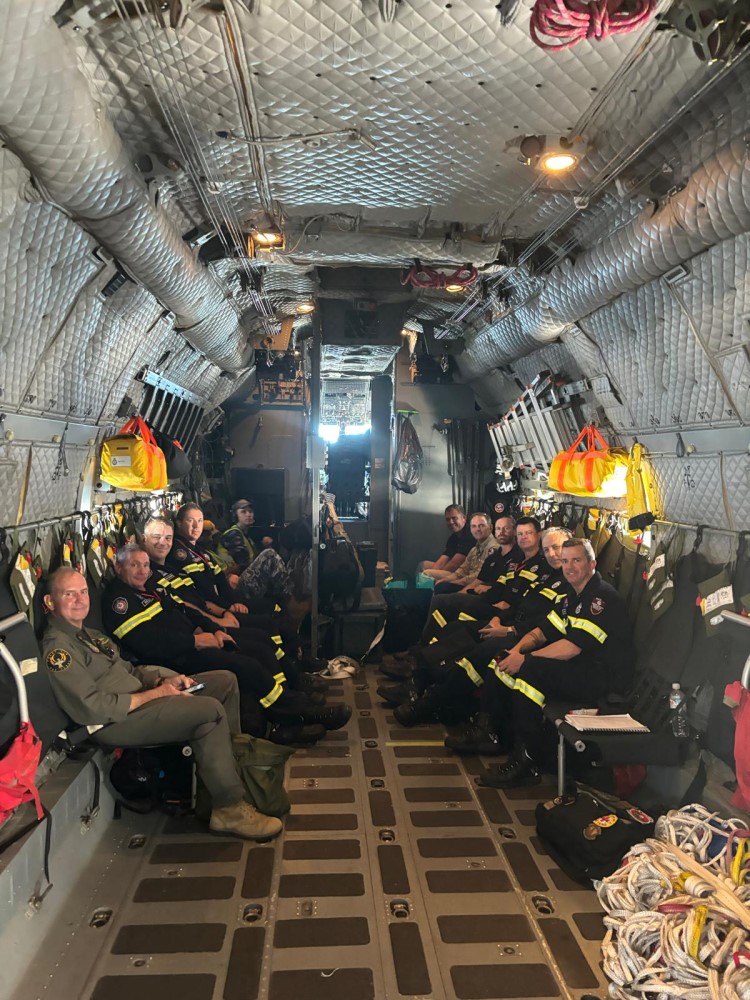
“My role was primarily to care for our team; not just to treat any injuries, but also to monitor everyone’s health and safety while we were in this remote area.”
Andrew has been involved in Australian disaster responses, but this was his first overseas deployment with DART.
“We caught a commercial flight to our base at Port Moresby but getting to the disaster area was not as simple,” Andrew said.
“Military aircraft C-27 Spartan and C-130 Hercules took us to an airport closer to the village – about an hour or two away – where we were picked up in groups of six by more helicopters which landed us about 500 metres away from the landslide site,” he said.
The team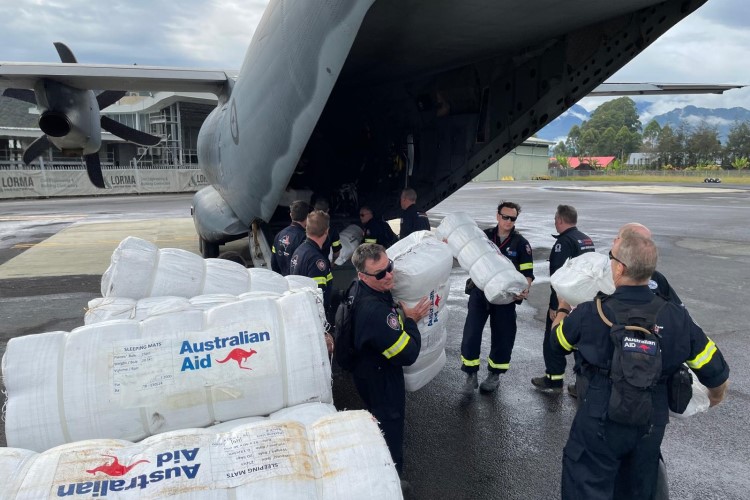 not only faced the uncertain conditions of a natural disaster, but also had to factor in local tribal conflict and fast-changing weather conditions.
not only faced the uncertain conditions of a natural disaster, but also had to factor in local tribal conflict and fast-changing weather conditions.
“We were warned to keep a careful eye on the weather as it turns quickly in the higher altitudes, and this meant we had to be prepared to pack up at short notice to be able to fly out safely.”
Andrew said the tribal conflict in the area became more visible as their flight over the highlands revealed burnt and abandoned villages.
But access to local knowledge supplied by the PNG defence teams meant the team was able to assess and mitigate any risks.
“We relied a lot on these teams to help us assess and work with the local community to keep our own team safe,” Andrew said.
“Once on the ground, my job was to keep an eye on the team as we were entering an area with limited sanitation and dead bodies, so it was important to ensure the team was reminded of the basics like increased hand washing.”
All team members’ immunisations were checked to ensure they were up to date before travelling and had the prophylactics needed to counter diseases like malaria.
“I also needed to look at the immediate community need – what injuries were being treated or left untreated, were the children healthy and being fed, and how many pregnant women in the community would be needing access to appropriate health care – to pass on this information for pre-deployment planning for the next disaster relief teams and to PNG’s provincial health teams.”
Andrew said access to the provincial health centres could be difficult as medical supplies could be unreliable and while the closest centre was only 1km away, it was on neighbouring tribal land, which created more barriers to health access for this community.
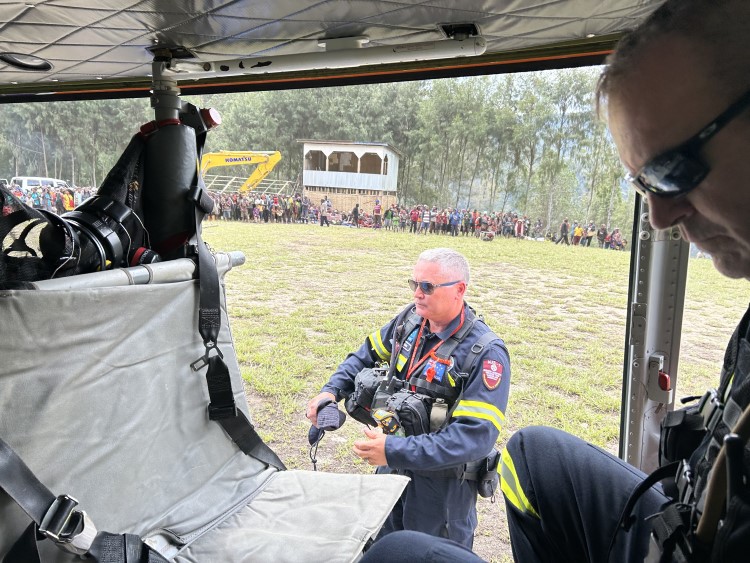
The team’s typical day started early with a helic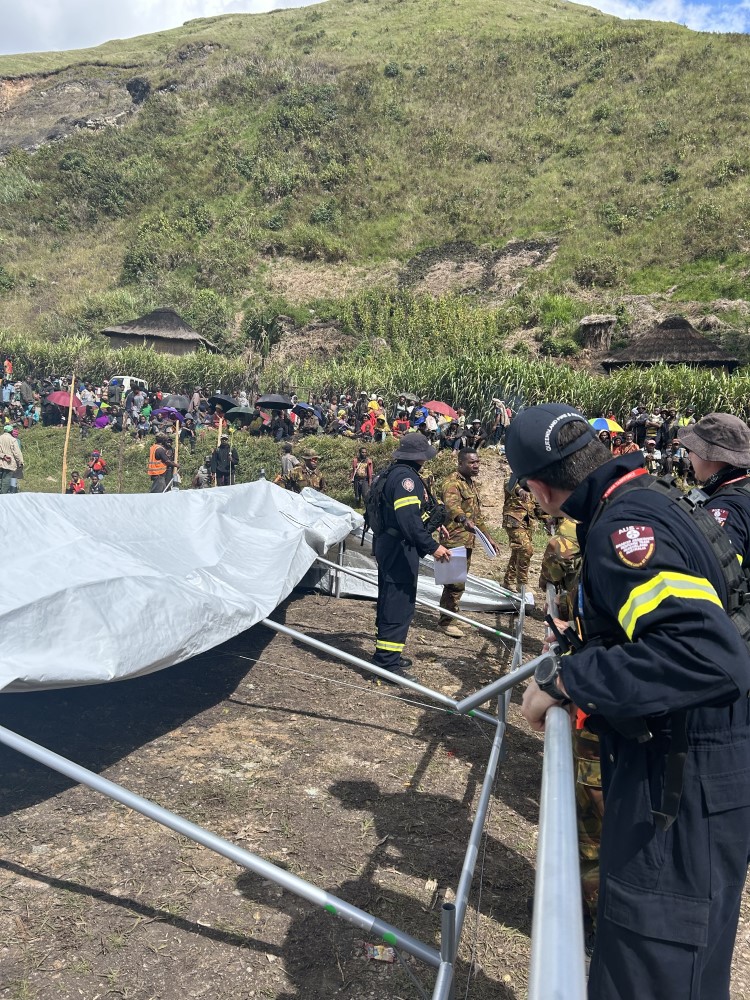 opter commute to the landslide area, landing at about 9.30am.
opter commute to the landslide area, landing at about 9.30am.
“We’d land next to the school which had been closed – whether it was because of the landslide, or the conflict wasn’t clear – but all the children would be there anyway waiting for the helicopters and for us to unload.
“We’d then cart our gear up the hill, usually with the help of eager locals, to meet the PNG defence team to plan our day; discussing what we were aiming to achieve, what were the community’s needs, and what aid was arriving that day.
“The tribal conflict meant there were some security issues with the roads, but they were also rough and unreliable, so a lot of the initial aid logistics arrived by air and were a joint effort between the Australia and PNG defence teams.
“Our team’s skill sets were broad and varied but combined, we were able to be flexible and pulled together a good meaningful contribution.
“We had firies who looked at some of the more specialised logistics to assist the other teams in their planning, we had a drone pilot who’d fly mapping missions to capture aerial footage for the New Zealand geotechnical engineers to assess the area’s stability.
“We also had some mountain rescue specialist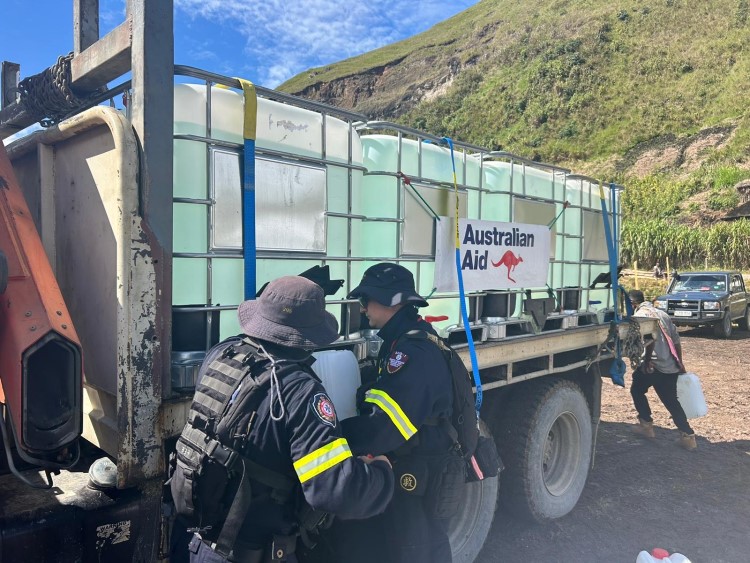 s with us to rescue anyone from steep or dangerous terrain.
s with us to rescue anyone from steep or dangerous terrain.
“The team management meanwhile was coordinating the effort and briefing teams back in Australia to ensure the aid being sent matched community need and was being distributed effectively, as it’s not just about delivering the aid, it needs to have some security around it to ensure it reaches its destination and gets to the right people.
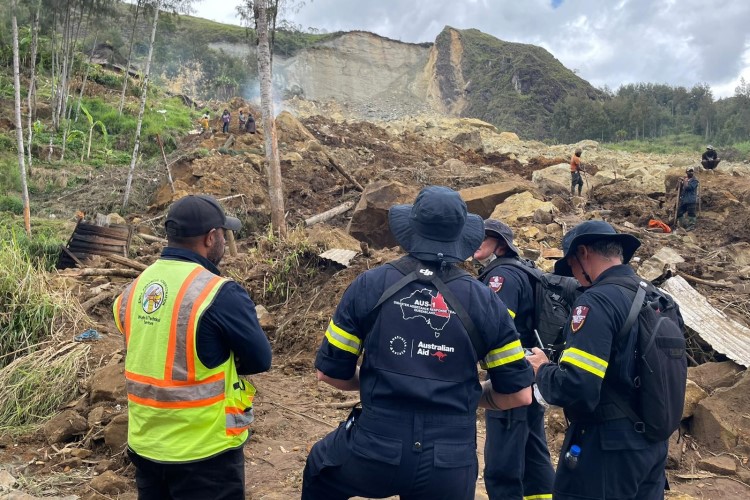
“This team also worked with the community to create a list of displaced and affected families, and identifying their needs to ensure they received what they needed most.”
Andrew said as the villagers were largely subsistence farmers, their greatest need lay with food and shelter and while many huts remained upright, the area’s instability meant it wasn’t safe for them to return to their houses, even for cooking.
“Sanitation was also an issue as you now had a large, displaced population that has suddenly moved into a small area, and this creates further challenges for the community to cope with.
“As most of the people who were injured during the landslide had already left for treatment, if people did have other injuries needing immediate attention, I would help.”
Andrew and the team returned from their deployment after 11 days working with the community in the highlands.
“We had a great team, and I was fortunate one of our colleagues had a lot of experience in humanitarian health, so I learned a lot from them.”
Andrew said one of the greatest challenges he faced was being completely removed from the familiar and well-developed Queensland health system, which provides care to even the most remote areas of the state.
“I also learned when I’m at work in Brisbane, my focus is usually at a single patient level, but on this mission, I had to lift my focus to take in the broader community need.
“This required a change in mindset, to focus on what else we can do to help and that an overall humanitarian assessment is vital – being on the ground and being able to provide that necessary information and feedback to address this need was something I wasn’t expecting to do.
“I learned the importance of having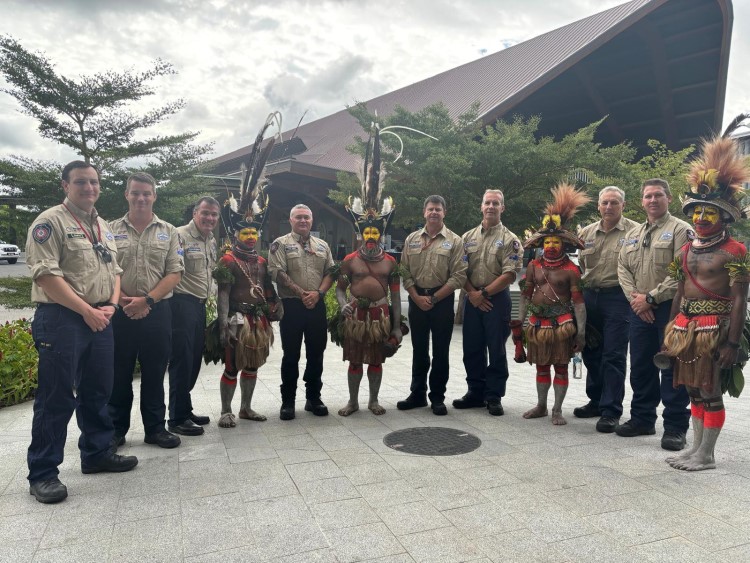 people there and engaging with the people in the community after a disaster like this, as it really does have a big impact on that community.
people there and engaging with the people in the community after a disaster like this, as it really does have a big impact on that community.
“And I also discovered PNG people – even those in the most rugged, remote and beautiful highlands – love our Queensland rugby league teams.
“We’d taken some footballs with us and gear for the kids, but it also turned out to be a shared interest we could chat and enjoy some banter about together.”
